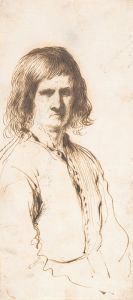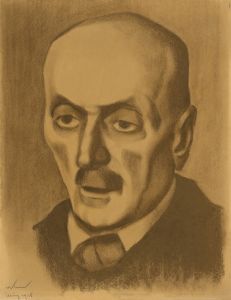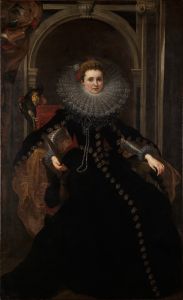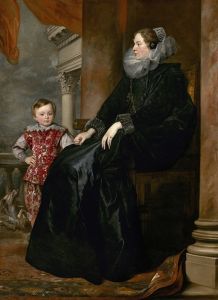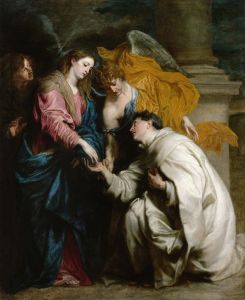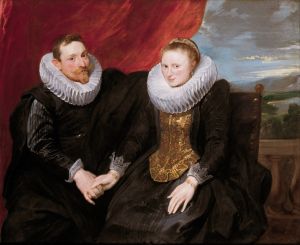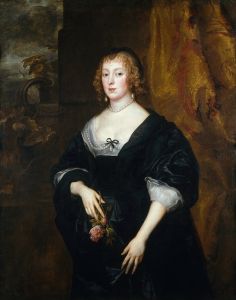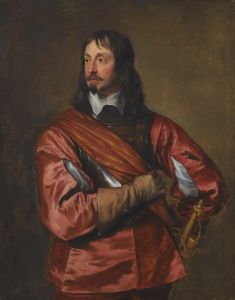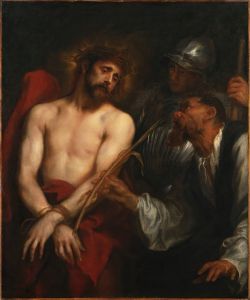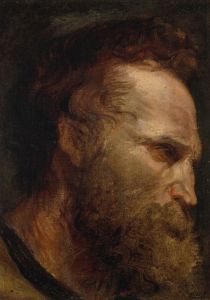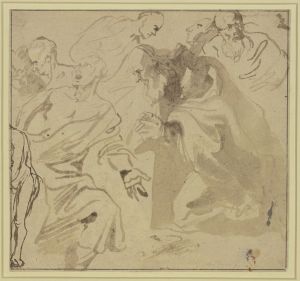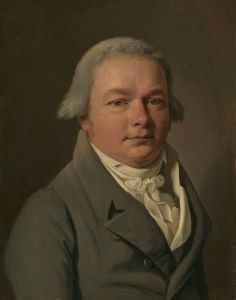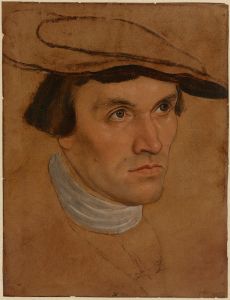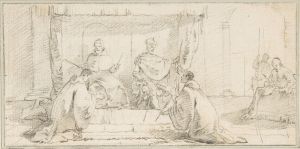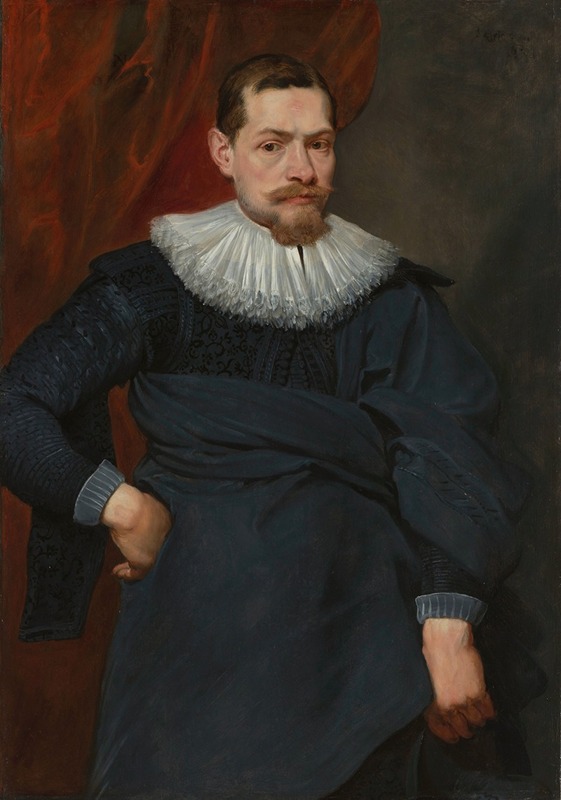
Portrait of a Man
A hand-painted replica of Anthony van Dyck’s masterpiece Portrait of a Man, meticulously crafted by professional artists to capture the true essence of the original. Each piece is created with museum-quality canvas and rare mineral pigments, carefully painted by experienced artists with delicate brushstrokes and rich, layered colors to perfectly recreate the texture of the original artwork. Unlike machine-printed reproductions, this hand-painted version brings the painting to life, infused with the artist’s emotions and skill in every stroke. Whether for personal collection or home decoration, it instantly elevates the artistic atmosphere of any space.
"Portrait of a Man" is an artwork created by the renowned Flemish Baroque artist Anthony van Dyck. Van Dyck, born in 1599 in Antwerp, was a prominent painter known for his portraits, which were celebrated for their elegance and psychological depth. He was a leading court painter in England and a significant figure in the development of Baroque art.
The painting "Portrait of a Man" exemplifies van Dyck's skill in capturing the character and status of his subjects. Although specific details about the identity of the man depicted in this portrait are not well-documented, the work is a testament to van Dyck's ability to convey the personality and social standing of his sitters through his masterful use of composition, color, and brushwork.
Van Dyck's portraits are characterized by their sophisticated rendering of textures and fabrics, as well as the subtle expressions of the subjects. In "Portrait of a Man," these elements are likely present, showcasing the artist's attention to detail and his ability to infuse life into his paintings. The subject's attire and posture would typically reflect the fashion and societal norms of the time, providing insights into the period's cultural context.
Throughout his career, van Dyck was influenced by his early training with Peter Paul Rubens, another giant of the Baroque era. This influence is evident in van Dyck's dynamic compositions and the dramatic use of light and shadow, which add depth and intensity to his portraits. Van Dyck's work also shows a distinct evolution as he developed his own style, marked by a softer palette and a more refined approach to portraiture.
"Portrait of a Man" is part of van Dyck's extensive body of work, which includes numerous portraits of European nobility and royalty. His time in England, serving as the principal court painter to King Charles I, was particularly prolific. During this period, van Dyck produced some of his most famous works, which have had a lasting impact on the tradition of portrait painting.
The painting's current location and provenance may vary, as works by van Dyck are held in numerous prestigious collections around the world, including major museums and private collections. His portraits continue to be studied and admired for their artistic merit and historical significance.
In summary, "Portrait of a Man" by Anthony van Dyck is a fine example of the artist's portraiture, reflecting his mastery of the Baroque style and his ability to capture the essence of his subjects. While specific details about the painting and its subject may be limited, the work remains an important part of van Dyck's legacy and the broader history of art.





